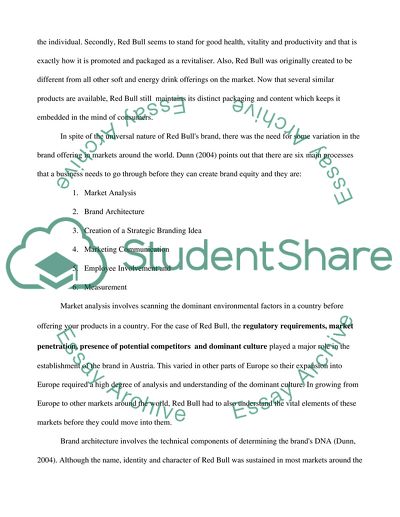Cite this document
(“Report on the Case Study of the Red Bull Brand Essay - 1”, n.d.)
Report on the Case Study of the Red Bull Brand Essay - 1. Retrieved from https://studentshare.org/marketing/1578296-case-study-report
Report on the Case Study of the Red Bull Brand Essay - 1. Retrieved from https://studentshare.org/marketing/1578296-case-study-report
(Report on the Case Study of the Red Bull Brand Essay - 1)
Report on the Case Study of the Red Bull Brand Essay - 1. https://studentshare.org/marketing/1578296-case-study-report.
Report on the Case Study of the Red Bull Brand Essay - 1. https://studentshare.org/marketing/1578296-case-study-report.
“Report on the Case Study of the Red Bull Brand Essay - 1”, n.d. https://studentshare.org/marketing/1578296-case-study-report.


